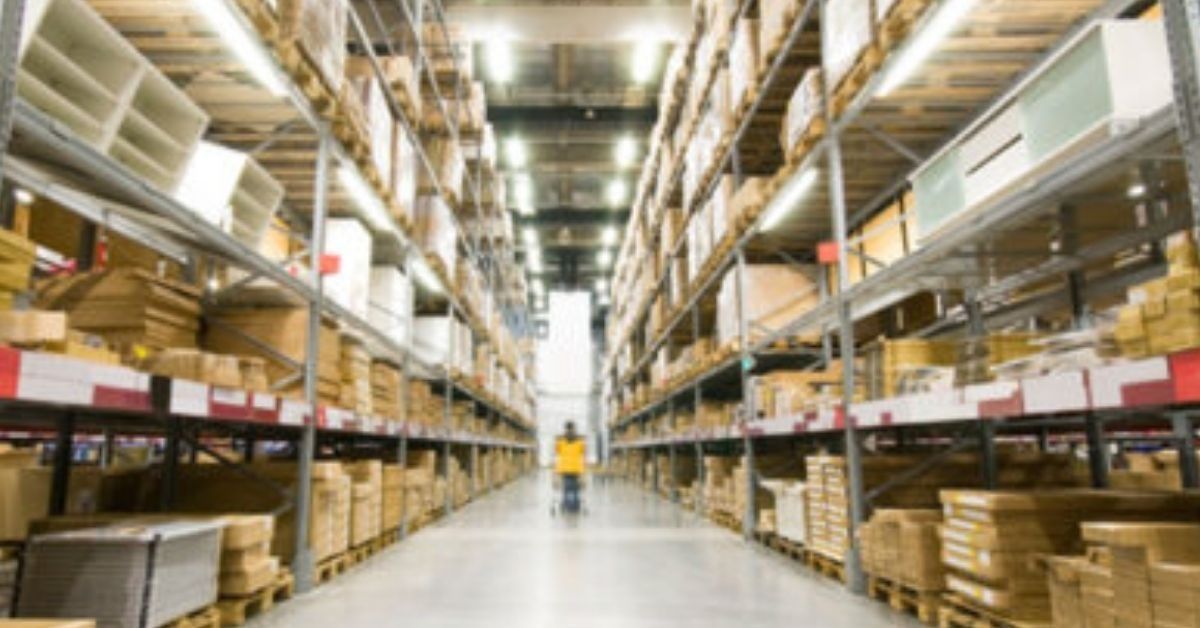In order to cater to the automation needs of small and medium warehouses, start-up Unbox Robotics is offering ‘Robotics-as-a-Service’ with a focus on servicing e-commerce, retail and logistics enterprises with a flexible ‘plug & play’ model.
The Warehousing Standards released along with the National Logistics Policy in September outlined that automation in warehouses through use of robotics faces challenges on account of expensive price points.
The policy document stated that adoption of ‘Robotics-as-a-Service’ is a good strategy to mitigate cost impact and drive automation. Currently, much of the automation in warehouses involves adoption of the entire gamut of services such as conveyor belt, sorting devices, automated storage and retrieval system, which make it an expensive investment for small and medium warehouse operators.
In order to cater to the automation needs of small and medium warehouses, start-up Unbox Robotics is offering ‘Robotics-as-a-Service’ with a focus on servicing e-commerce, retail and logistics enterprises with a flexible ‘plug and play’ model.
“In the Robotics-as-a-Service or OPEX (operating expenditure) model, the customer doesn’t have to pay a huge capital investment initially. They can take the system on a monthly fee. So, they can pay us a certain amount per month and they can automate that facility using X number of robots, it can be 20,50,100 robots,” said Pramod Ghadge, Co-founder and Chief Executive Officer, Unbox Robotics in an interaction with ET Infra.
Unbox Robotics was formed in May 2019 and specialises in vertical parcel sortation and consolidation via robots powered by Swarm Intelligence. The company claims that its solutions improve personnel productivity by three times and increase space utilization of warehousing area by two times.
Ghadge stated that the cost to the customer could be in the range of few lakhs to few crores depending on the scale, region, and requirement of the warehouse.
The need for such a flexible model has also increased as the pandemic has led to the mushrooming of micro-fulfilment, small and medium sized warehouses due to increased e-commerce activities.
“The system is very plug & play and modular. You can start with a deployment in 500 square feet, as well as in 10,000 square feet plus facility. So, it’s very scalable. You can use three robots; you can use 30 robots. We unlock the automation opportunities for small and medium warehouses,” said Ghadge.
PRODUCTION
Ghadge outlined that the company has undertaken full-scale development of the products after extensive research and prototype development in the last three years.
“..this year, we are also certifying the systems for deployments in Europe, US. So, a lot of R&D (research and development) has gone into the company in the last few years,” said Ghadge.
While the cost of production of a single robot manufactured by Unbox Robotics is about few lakh rupees, Ghadge highlighted that inflation and disruption due to pandemic, especially issues related to semiconductors, has led to cost escalations.
“Because of inflation, a lot of costs have been rising and a lot of component prices or material prices have gone up. That of course affected our prices, our cost of manufacturing,” he said.
Notwithstanding the cost pressures, the current production rate of the company is 300-500 robots a month in their assembly unit in Pune and there are plans to ramp it up in the coming months.
EXPANSION & FUNDING
A start-up, which is little over three years old, Unbox Robotics is getting traction steadily.
“In the last three years, we have invested extensively in developing a market-ready product and our systems have successfully gone live at three customer locations this year. We are further building our sales pipeline and are in active discussions with more than 10 customers in India, the Americas, Europe, and the Middle East,” said Ghadge.
Since its inception in 2019, Unbox Robotics has been able to raise over $9 million in funding, from venture capital firms based in India and abroad.
“Right now, we are not actively in the market, looking at the funding, but we are getting a lot of inbound interest from VCs (venture capital) or from corporates. So, we are evaluating certain options,” Ghadge added.





